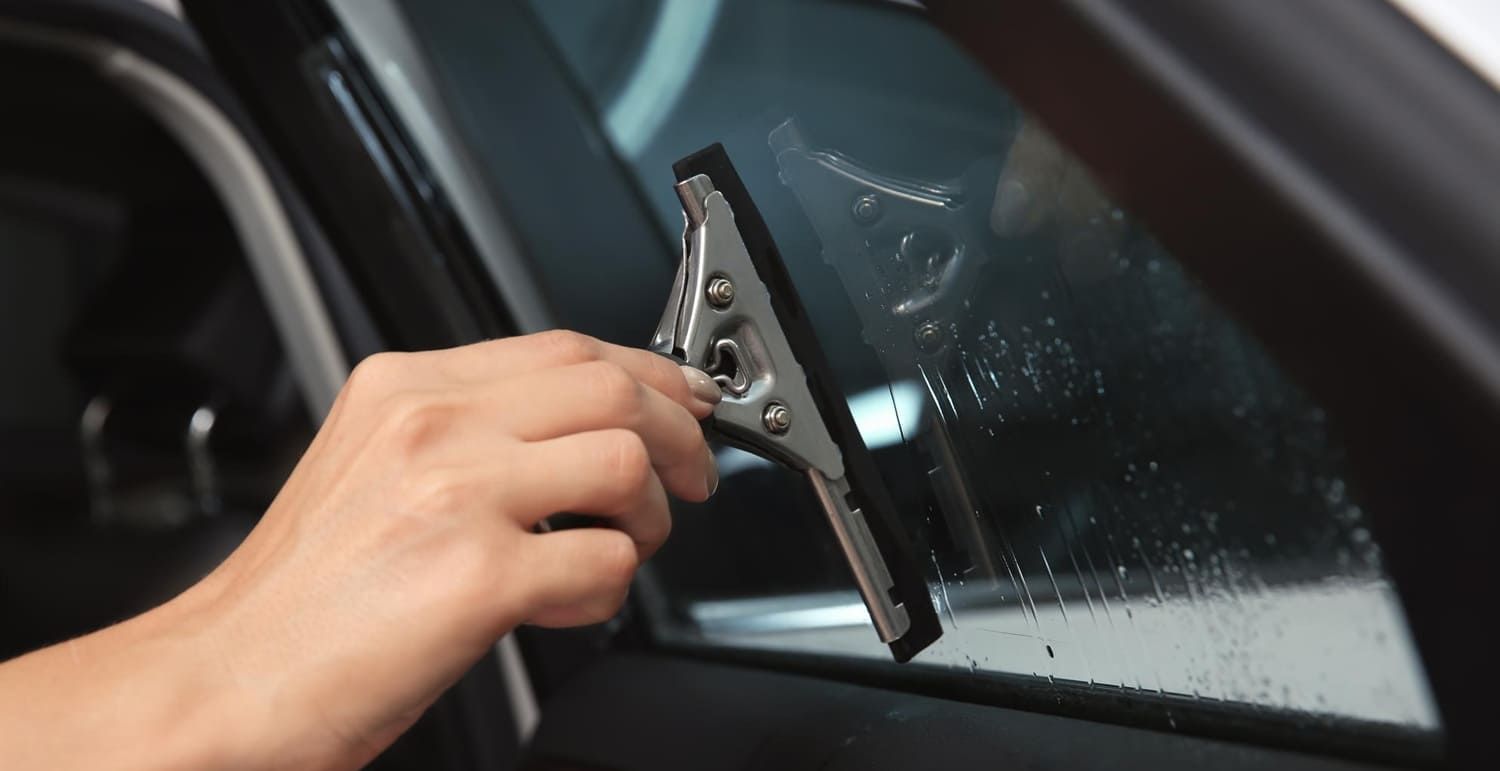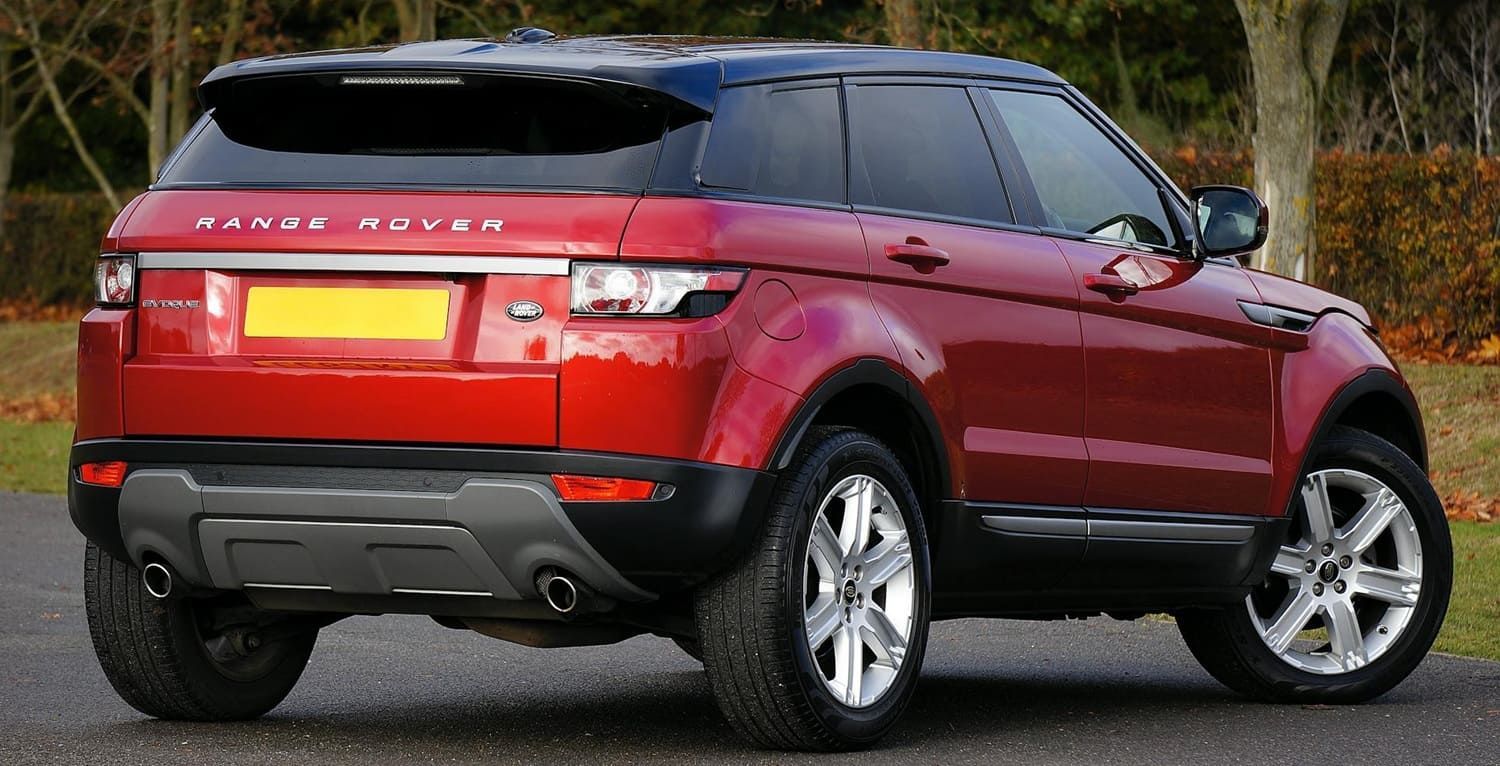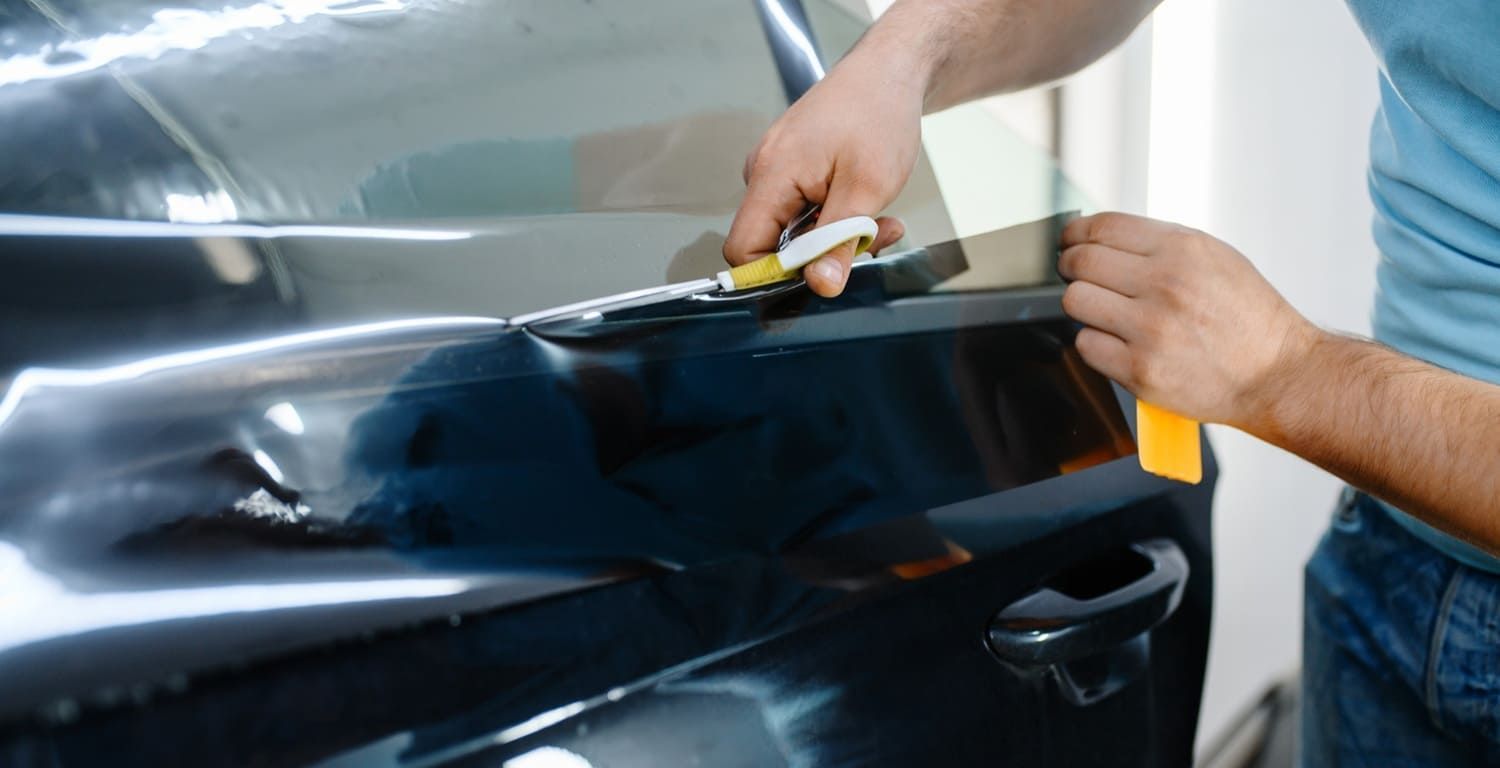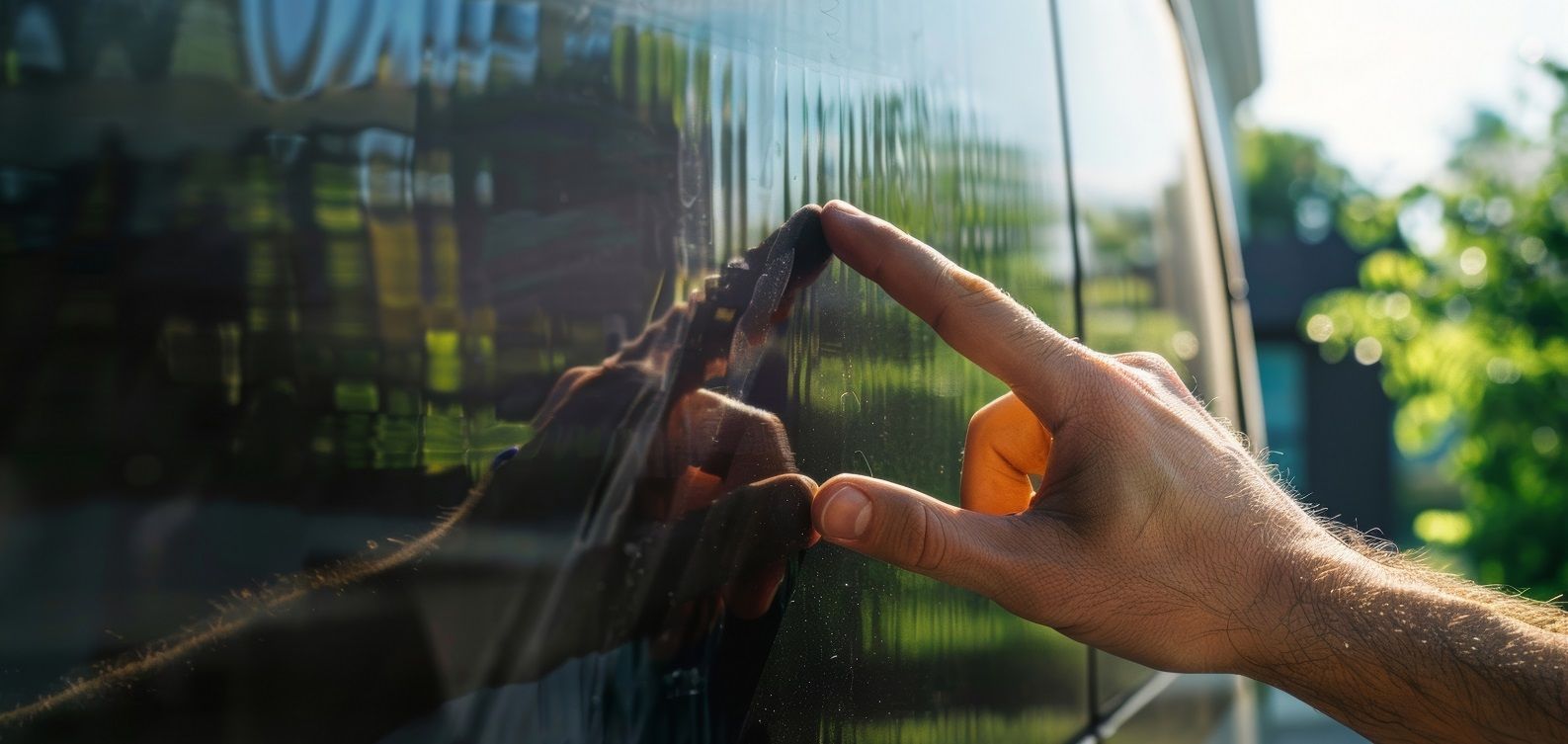VELOCITY WINDOW TINTING820 Parris Island Gateway ABeaufort, SC 29906
Business Hours:Tuesday - Saturday: 9am to 6pmSunday: CLOSEDMonday: CLOSED
OFFERING AFTERPAY - PAY IT IN 4 INTEREST-FREE INSTALLMENTS
How to Choose the Best Window Tint Percentage for Your Car
If you want a tint for your car, then it is important to choose the best window tint percentage for your specific needs. Click here for more information.

Did you know that 91% of Americans use private vehicles when traveling to and from work? These people are at risk of developing skin cancer.
While car windows usually block UVB, harmful UV rays still go through. It's where window tint comes in. Window tints are effective in blocking out harmful UV rays.
If this makes you consider putting a window tint on your car, think about the window tint percentage. It can be difficult to determine when you aren't vehicle-savvy.
Don’t worry, we’re here for you. Keep reading to find out more information about window tint.
Window Tint Percentages: Benefits and Options
Aside from the aesthetic benefit of vehicle window tinting, it also helps reduce sun glare. Our window tint is also energy efficient and useful for improving the privacy and protection of your vehicle.
That said, how much windows tint percentages should you get for your car?
There is an array of window tint percentage options, ranging from 5% to 90%. The higher the window tint percentage, the lighter the tint will be and vice versa.
Here are some considerations for some window tine percentages:
50% and 35% Window Tint
A car window tint percentage of 50% is effective in keeping out UV rays and heat. It blocks half of the light, thus reducing glare and eye strain.
If you’re looking for a stylish and smooth look for your mobile car, the best window tint percentage is 35%. It gives off a darker appearance without sacrificing visibility. You can still see through the window.
20% and Below
With our window tint percentage of 20%, it strikes the perfect balance between privacy and aesthetics. A car with this window tint percentage makes it difficult to see the car's interior from the outside. It applies even when viewed up-close.
It helps deter casual onlookers and possible criminals lurking around. Most of these criminals find this troublesome. After they have no idea of the valuables you keep within your car.
Without knowing whether their effort is worth the trouble, they will pick another car instead.
The lowest window tint percentage is 5%. It's usually illegal in most states since it's too dark. Regardless, this window tint percentage is common in limousines.
Tips for Choosing Window Tint Percentage
When choosing the right window tint percentage, consider a few factors. It includes the tint's purpose and the laws surrounding them.
Here are some tips to pick the appropriate percentage:
Establish Your Reason for Getting a Window Tint
Whether you're reducing the sun's glare or protecting your privacy, your car window tint can help. The reason you’re getting a window tint helps determine what film to get. It allows you to decide the perfect window tint percentage for your vehicle.
If you’re looking to block UV rays, get a translucent film with at least 50% or more window tint percentage. For complete privacy, go with darker window tint percentages.
To reduce light-induced headaches, go with a lighter window tint percentage. It's enough to keep the light out but won't darken your mobile windows.
Think About Your Car’s Appearance
Tinting your car windows changes the car's interior and exterior appearance. It's especially true when you opt for a high percentage tint. Establish what you want your car to look like to help decide which window tint percentage to use.
Consider Getting Professionals to Finish the Job
Although you can install your car's tint windows yourself, it’s not ideal. If you apply your car window tint with no training background, the film may bubble up, It causes your car to look run-down—counterintuitive to your aesthetic goals.
Our professional team shows remarkable workmanship when installing window tint films. They’ll also help you decide the window tint percentage that works best for your car. Never risk your investment since an imperfect film application will waste your money.
Familiarize Yourself With the Window Tint Laws on Your Area
Did you know that in Virginia, passenger front side windows can go up to 50% tint percentage? While the rear windows and passenger rear side windows can’t go beyond a 35% window tint percentage.
When choosing which window tint percentage is right for your car, it’s paramount that you look into the legal laws on window tints in your area. The legal window tint percentages vary from one state and country to another.
For instance, the front side windows of sedans must have a visible light transmission (VLT) of at least 28% in Florida. The backside and rear windows must have a VLT of 15%. Meanwhile, vans and SUVs' VLT ratings must be 6% for the same windows.
Florida State law also limits the reflectiveness of car windows. For SUVs, vans, and sedans, front-side windows can’t have a reflectiveness rating over 25%. As for back-side windows, its reflectiveness rating must be lower than 35%.
Another example is Illinois’s tint law which states that cars should not have a window tint percentage of more than 35% on the back, front, and rear windows. While owners have the freedom to use any tint window percentage on the rear and back-side windows.
Failing to adhere to the legal window tint percentages in your area results in violation tickets. It’s also likely that you’ll have to remove and change your window tint to follow the law. It will cost you more, making it important to research your local area's window tint regulations.
Get a Professional Mobile Tinting Company!
The complexity of window tint laws calls for professional help. Consult with professionals on mobile window tinting and let them help you decide.
Trust in Velocity when it comes to window tinting. Our team of professional installers will deliver their services to your home. With digitally cut and high-quality tinting services, Velocity Window Tinting is the perfect fit for your tinting jobs.
What are you waiting for? Contact us and get a free estimate. Get skilled experts that deliver exemplary auto window tint services.
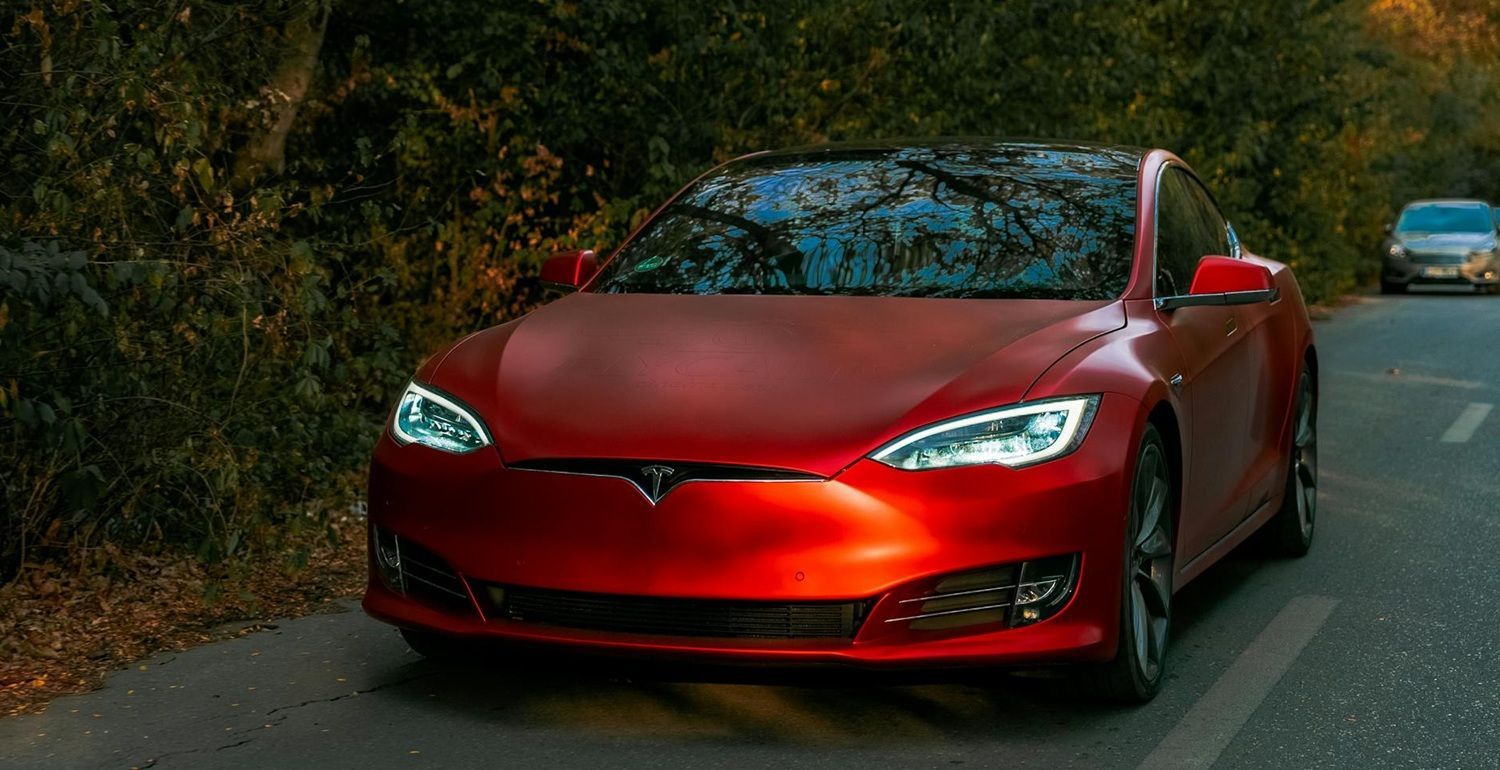
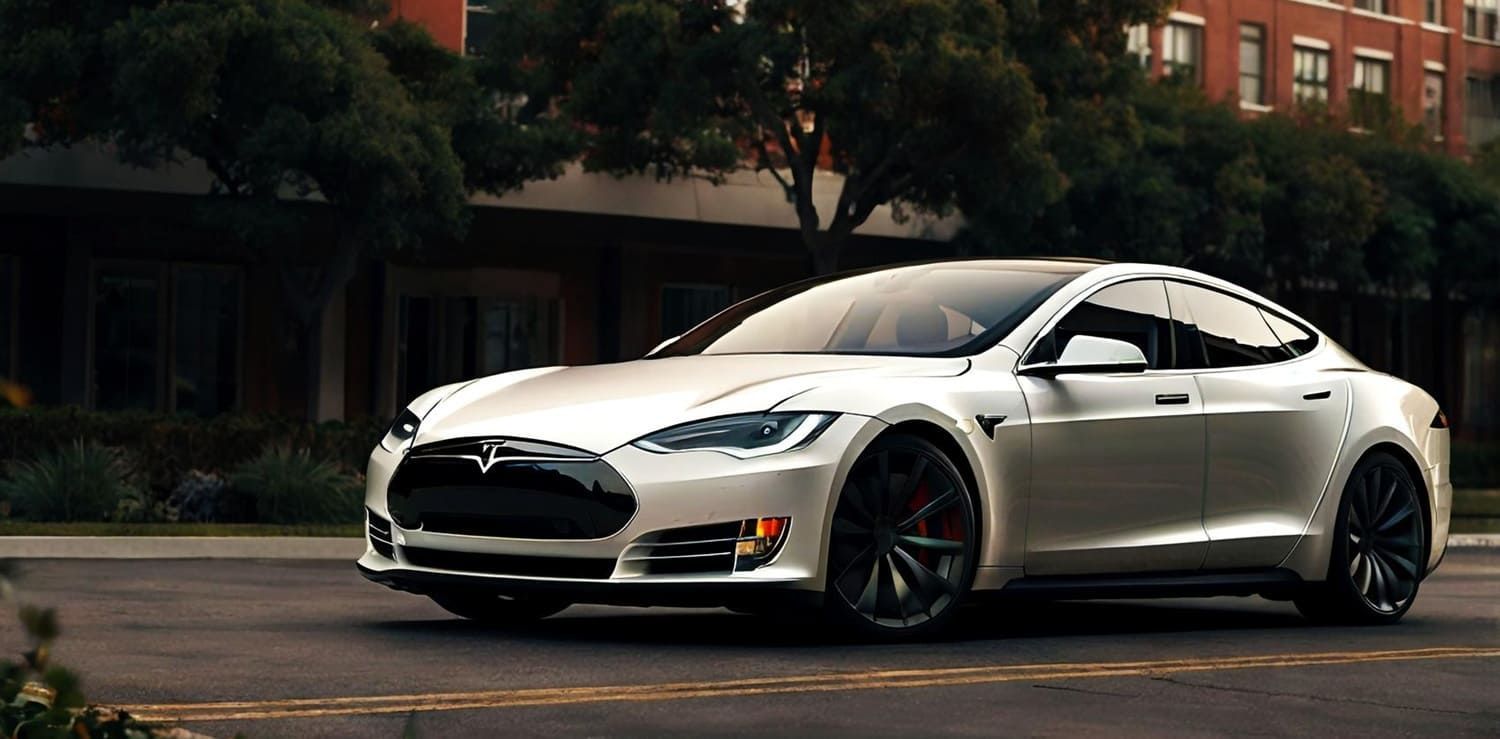
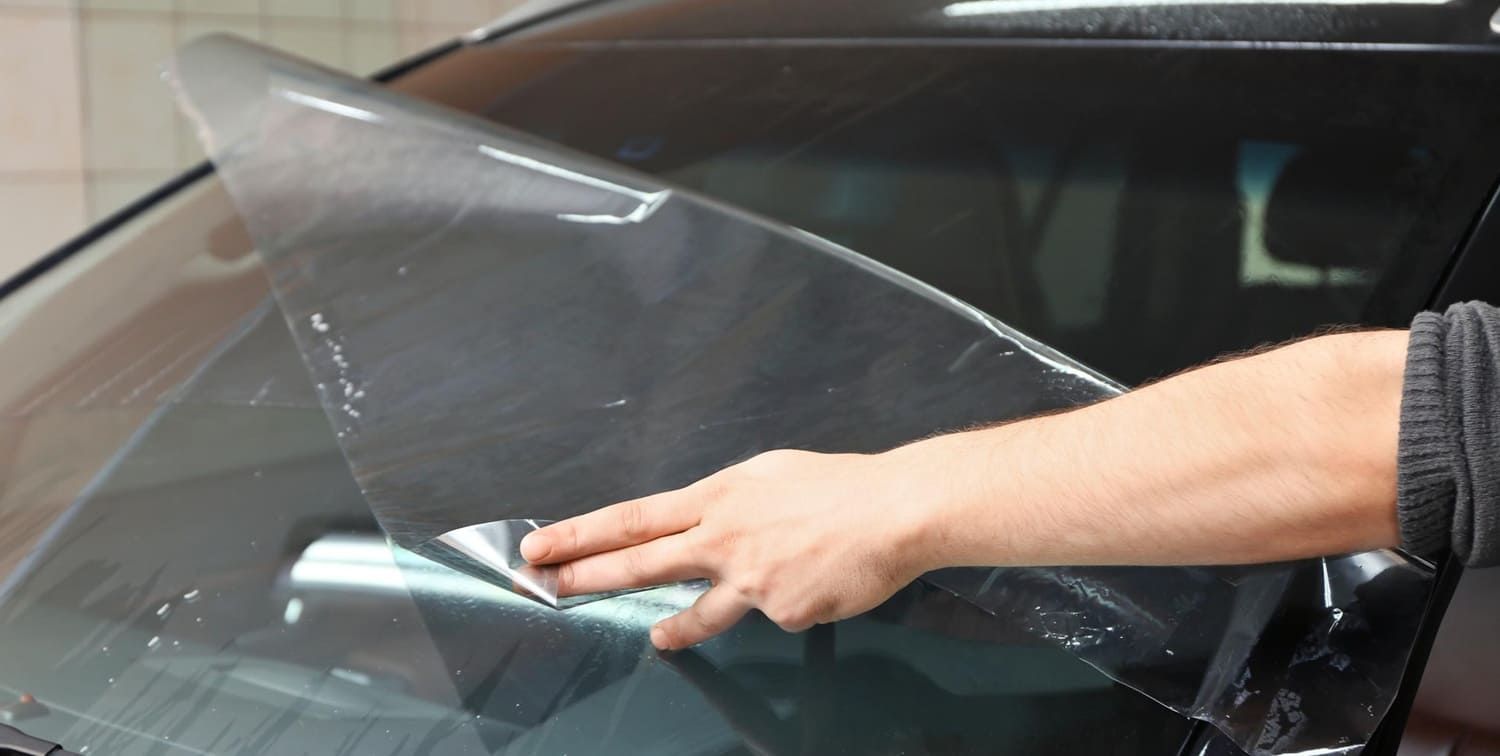
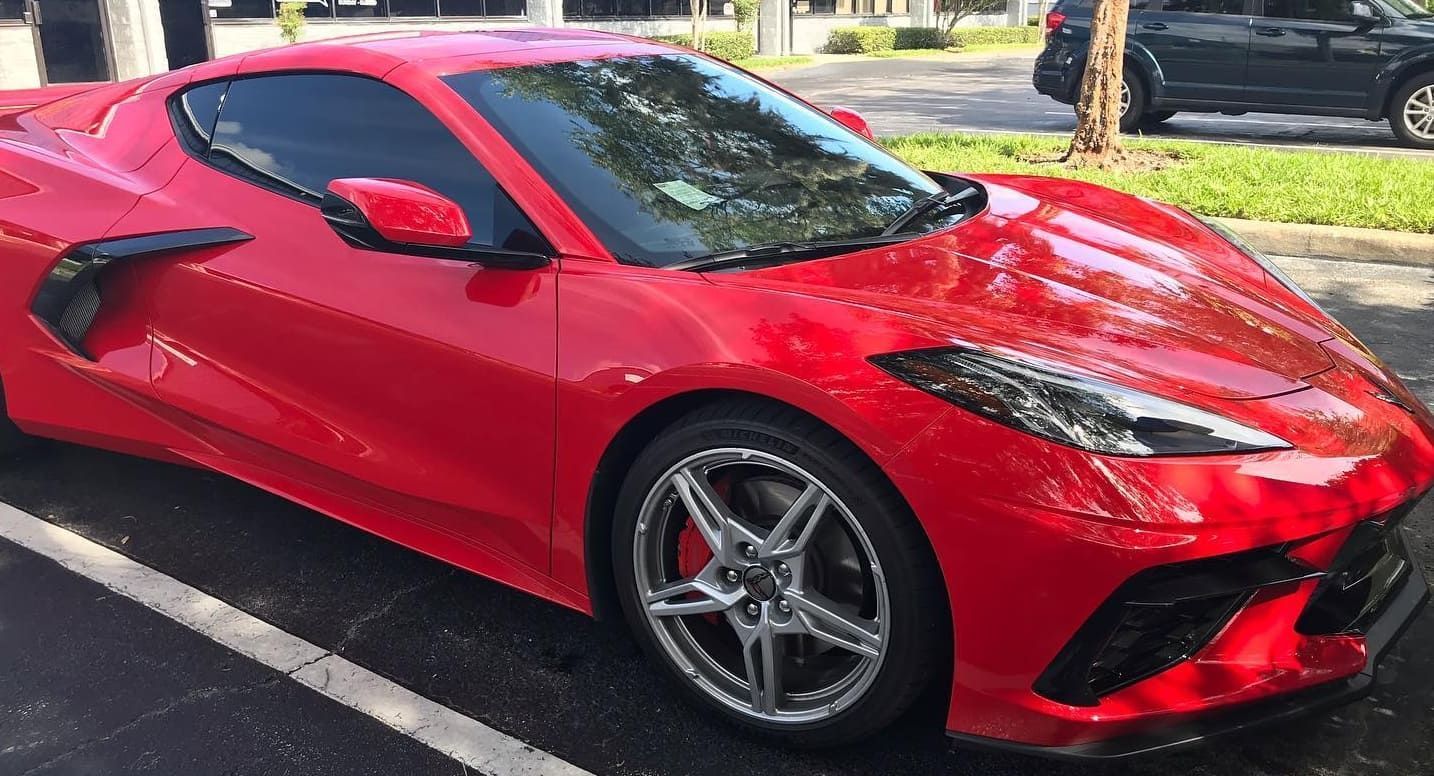


VELOCITY WINDOW TINTING
647 Progress Way
Sanford, FL 32771
Business Hours:
Monday - Saturday: 9 am to 6pm
Sunday: CLOSED
All Rights Reserved | Velocity Window Tinting


